Description
HISTORY OF THE PRINCESS ROYALS
One of Stanier’s first tasks on becoming CME of the LMS in 1932 after being head hunted from the GWR was to set about production of a very large engine for the West Coast route. At the time there were 70 Royal Scot 4-6-0 locomotives in service which handled the principle services between London and Glasgow so there was no pressing need to add to the stock of express passenger engines. The Scots were however being pushed to their limits and Stanier concluded that the task when hauling the 500 ton Anglo-Scottish expresses demanded something with power in reserve. He also thought that a new locomotive should have the capacity to cover the 401 miles between London and Glasgow without the need to change engines at Carlisle. Interestingly Gresley was taking a similar approach with his Pacific’s on the London & North Eastern Railway.
The first two of the Stanier pacific’s, 6200 and 6201 appeared in June 1933 and they included several new features to LMS practice, including se of a taper boiler and low temperature superheater. These features came from Swindon where Stanier had been working as assistant CME before 1932 having started his working life as an office boy there in 1891.
These first two were initially based at Camden and Polmadie for working the 400 mile Euston-Glasgow through workings. They were found to be difficult to operate because of the crew being unused to the larger boiler, varying coal quality (which was not a problem on the GWR) and a problem that Stanier identified with the steam circuits. Apparently the GWR King class suffered from the same steaming problem as the Princess so Stanier informed Collett to let him know what he had found. Collett never acknowledged the letter from Stanier. Stanier decided that the GWR degree of superheating was not suitable for the LMS so the boiler was modified with a new 32 element superheater, which dramatically improved the engines.
Ten more locomotives numbered 6203-6212 were built in 1935, and the Princess Royal engines proved themselves to be greatly superior to anything which had been previously seen on the LNWR main line. In June 1934, 6200 The Princess Royal hauled a test train of empty coaches and a dynamometer car weighing 470 tons from Crewe to Glasgow and back – a round trip of 490 miles. A comparison of the times allowed for the Mid Day Scot and the actual times achieved by 6200 are shown below.
The most important feature was however the fuel economy. The coal consumption for the round trip averaged 52.6lb per mile or a total of 11½tons in total. It works out at 2.88lb per drawbar horsepower. This was almost the same as achieved by Castle class ‘Caldicot Castle’ in 1924. The difference being that the Castle was working to their normal schedule whilst the Princess was worked hard.
In November 1936, No.6201 ‘Princess Elizabeth’ ran a proving trial for a tentative six-hour timing for the 401 miles between Euston and Glasgow. It did not materialize because of the increase in weight of the train formation, but 6201 improved on the timings, particularly southbound. The result of travelling at high speed was that coal consumption increased. A Princess class hauling the Royal Scot had previously recorded 2.86 lb/dbhp hr whereas 6201 on the trials needed 3.68 northbound and 3.48 southbound.
One of the notable features of the Princess Royal class locomotives was that the performance did not deteriorate as the engine spent longer in service between overhauls. An example of this was with 46210 ‘Lady Patricia’ which having cover 98,977 miles since its last major overhaul achieved a coal consumption of 2.98 lb/dbhp hr whilst working with a dynamometer car attached. This would have been an excellent performance from a recently overhauled locomotive.
Each locomotive was named after a princess, the official name for the class was chosen because Mary, Princess Royal was the Commander-in-Chief of the Royal Scots. However, the locomotives were known to railwaymen as “Lizzies”, after the second example of the class named for Princess Elizabeth who later became Queen Elizabeth II. Later examples of 4-6-2 express passenger locomotive built by the LMS were of the related but larger, Coronation Class.
The class was withdrawn in the early 1960s in line with the British Railways modernization plan.
Two Princess Royals have survived into preservation.





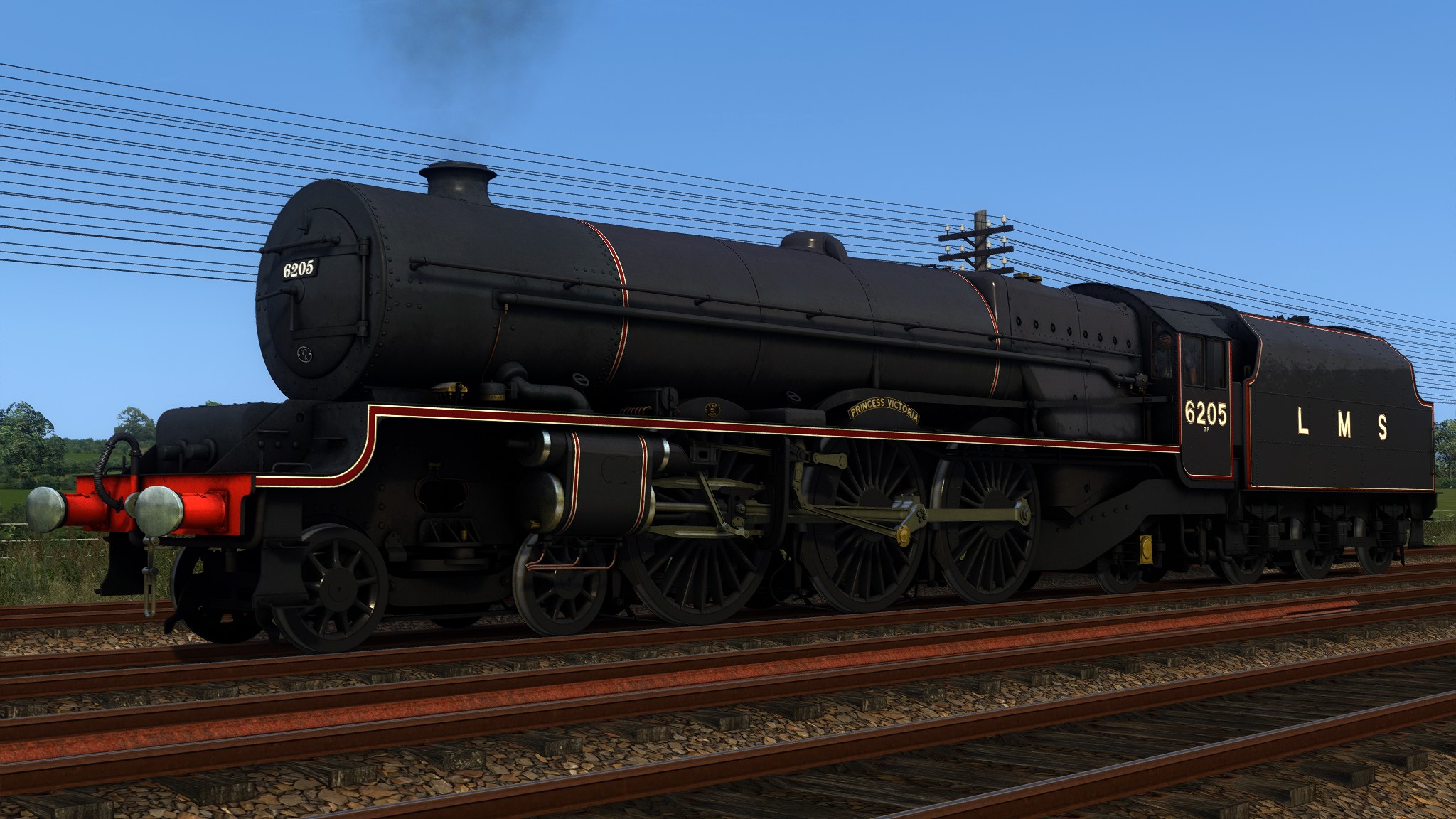

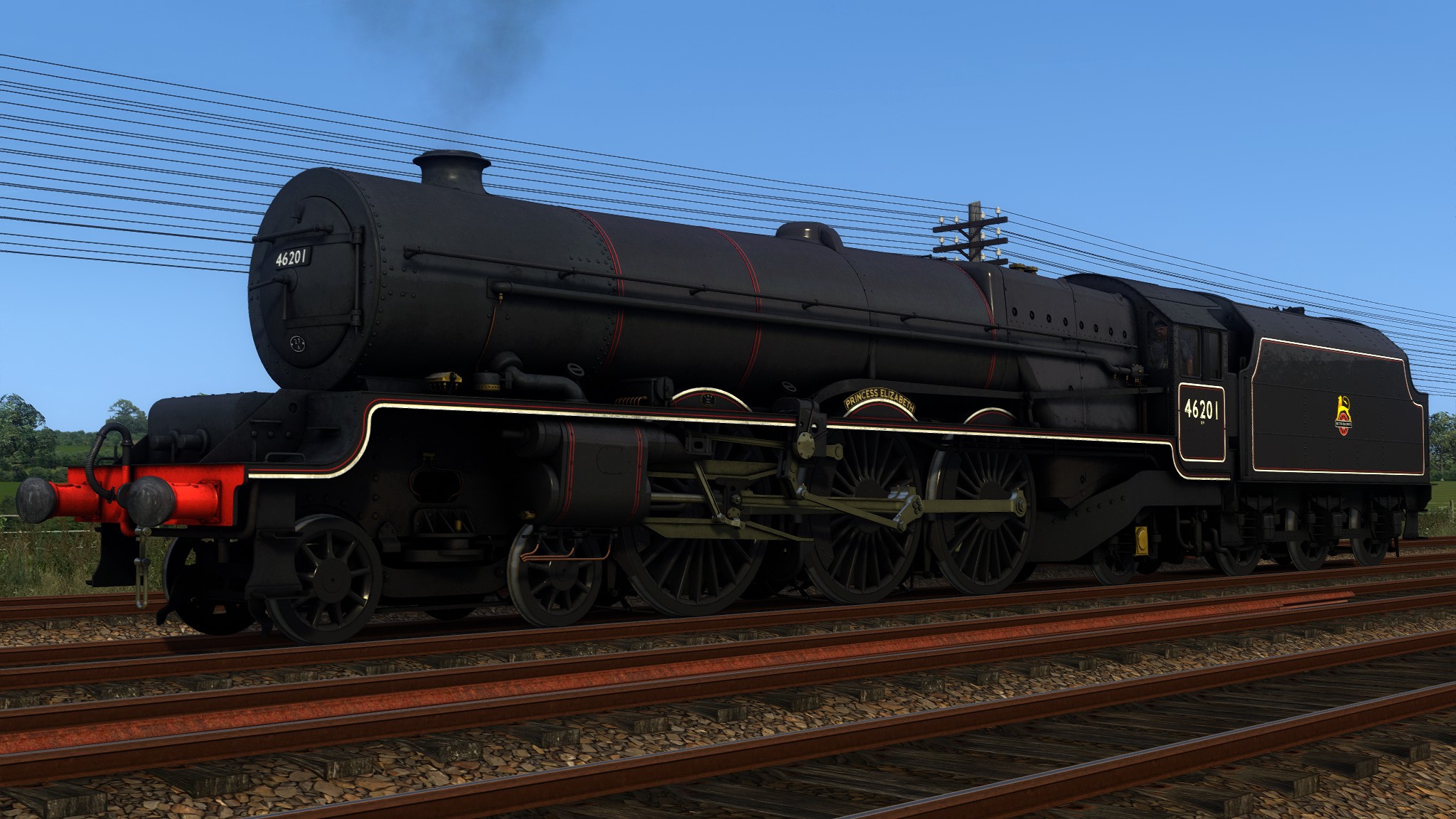
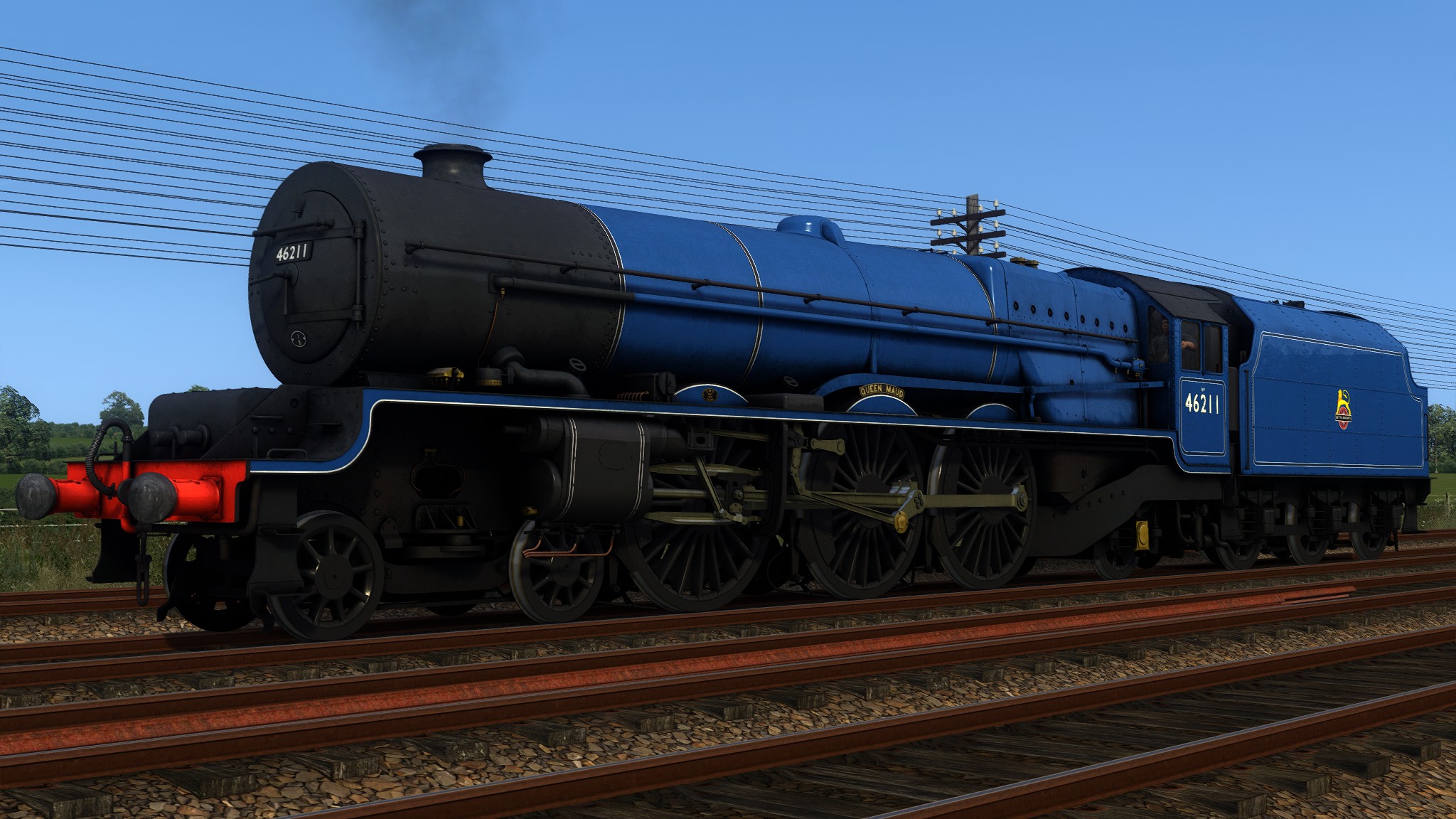

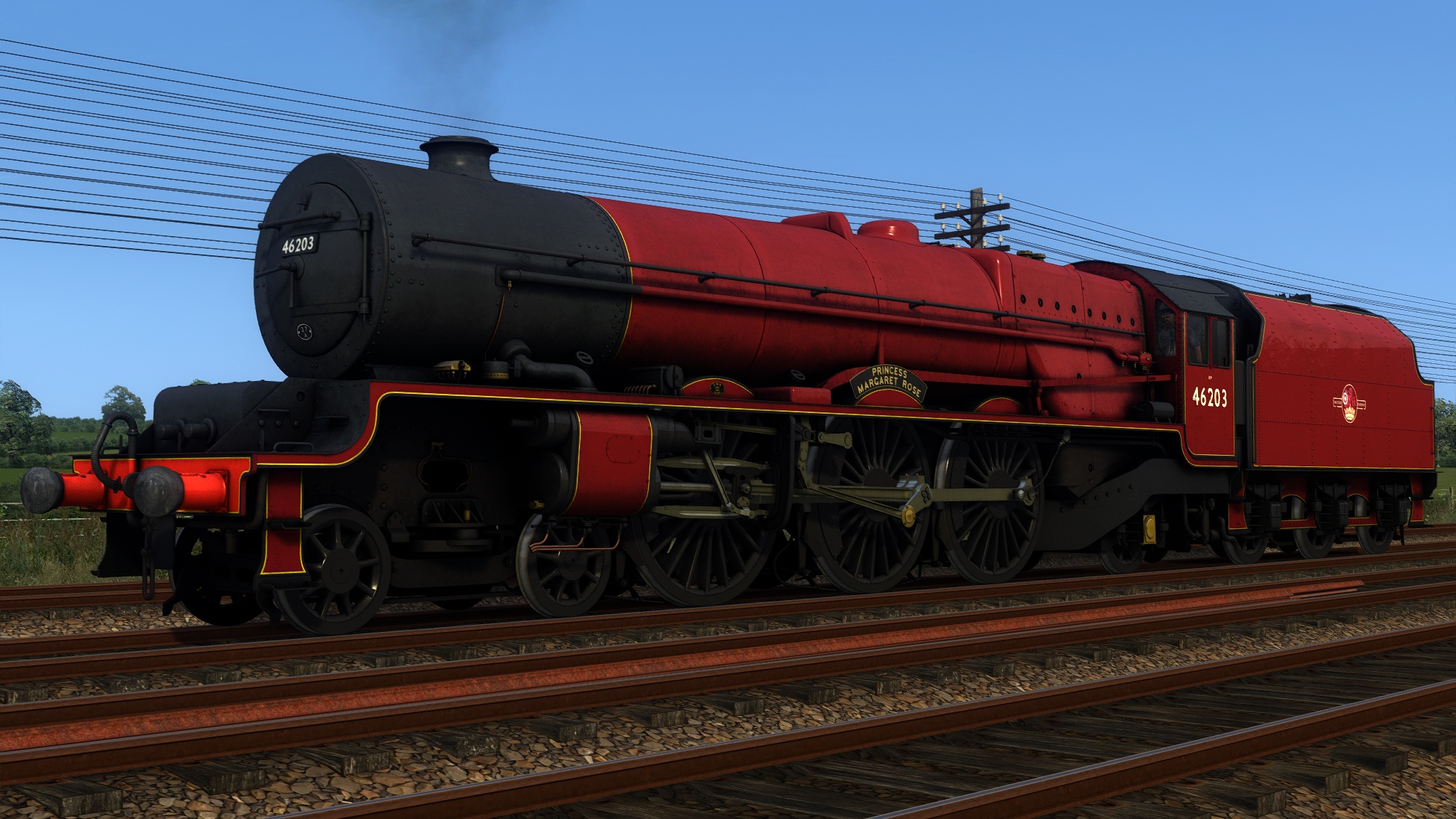





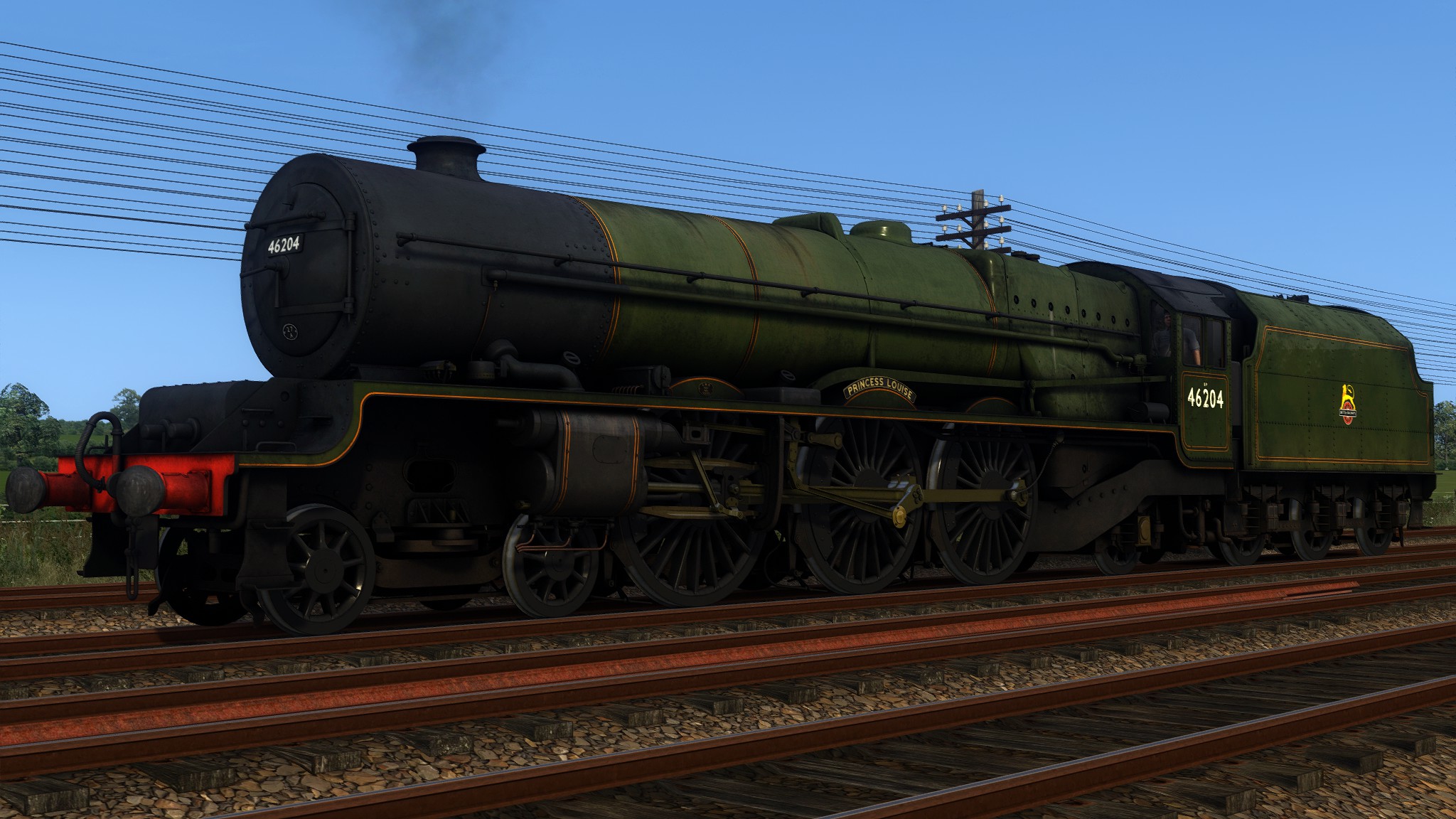
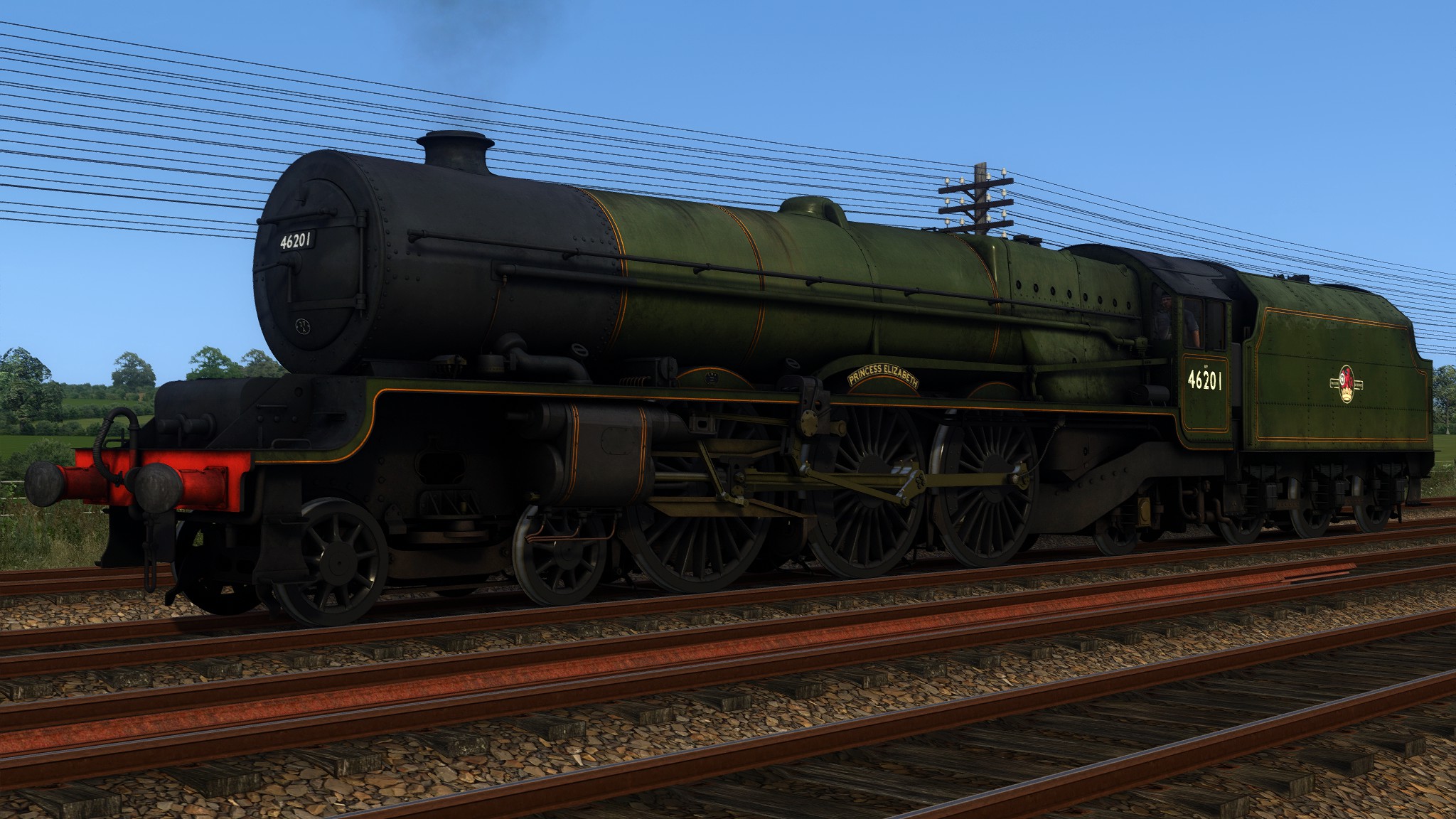



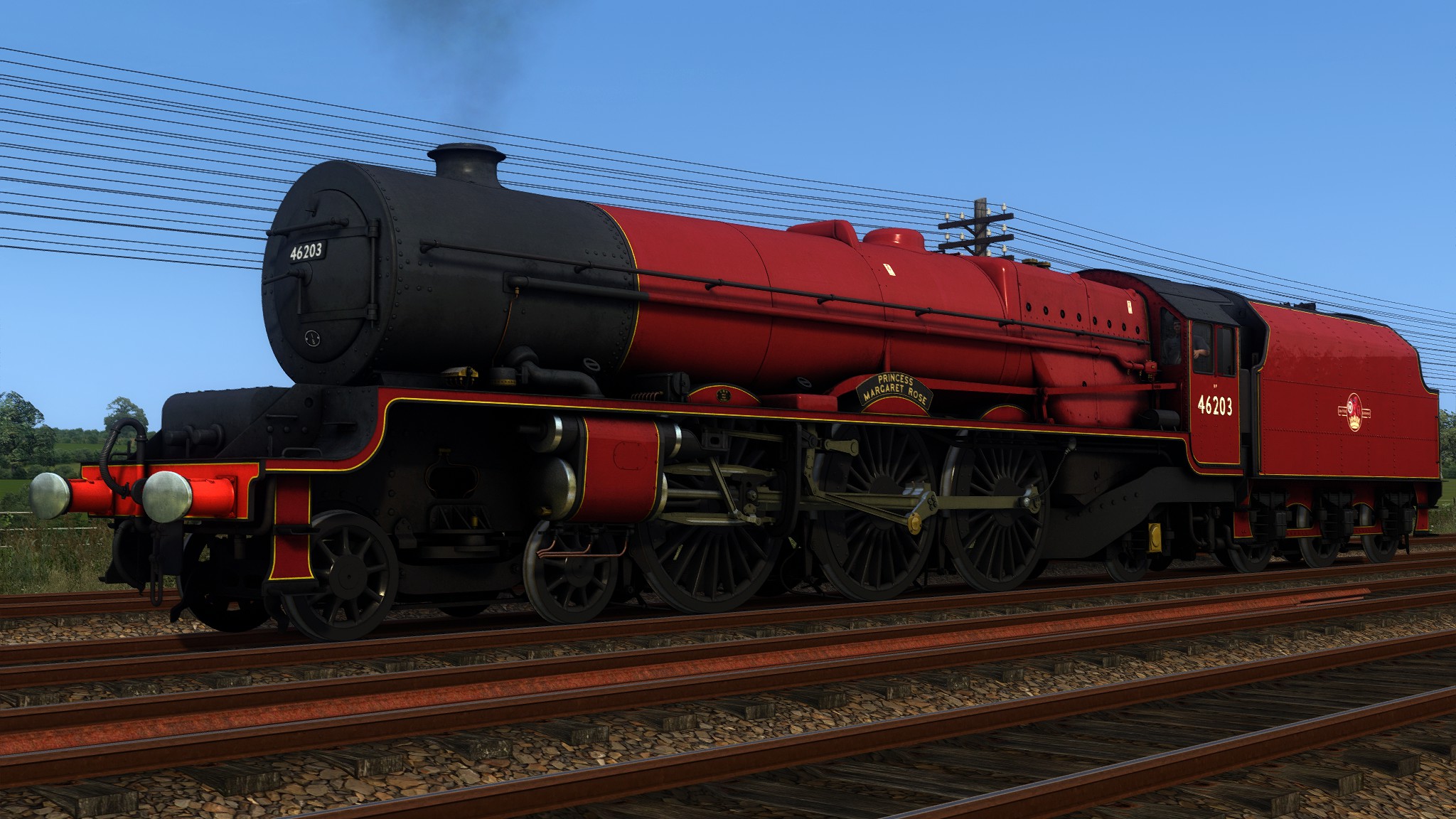
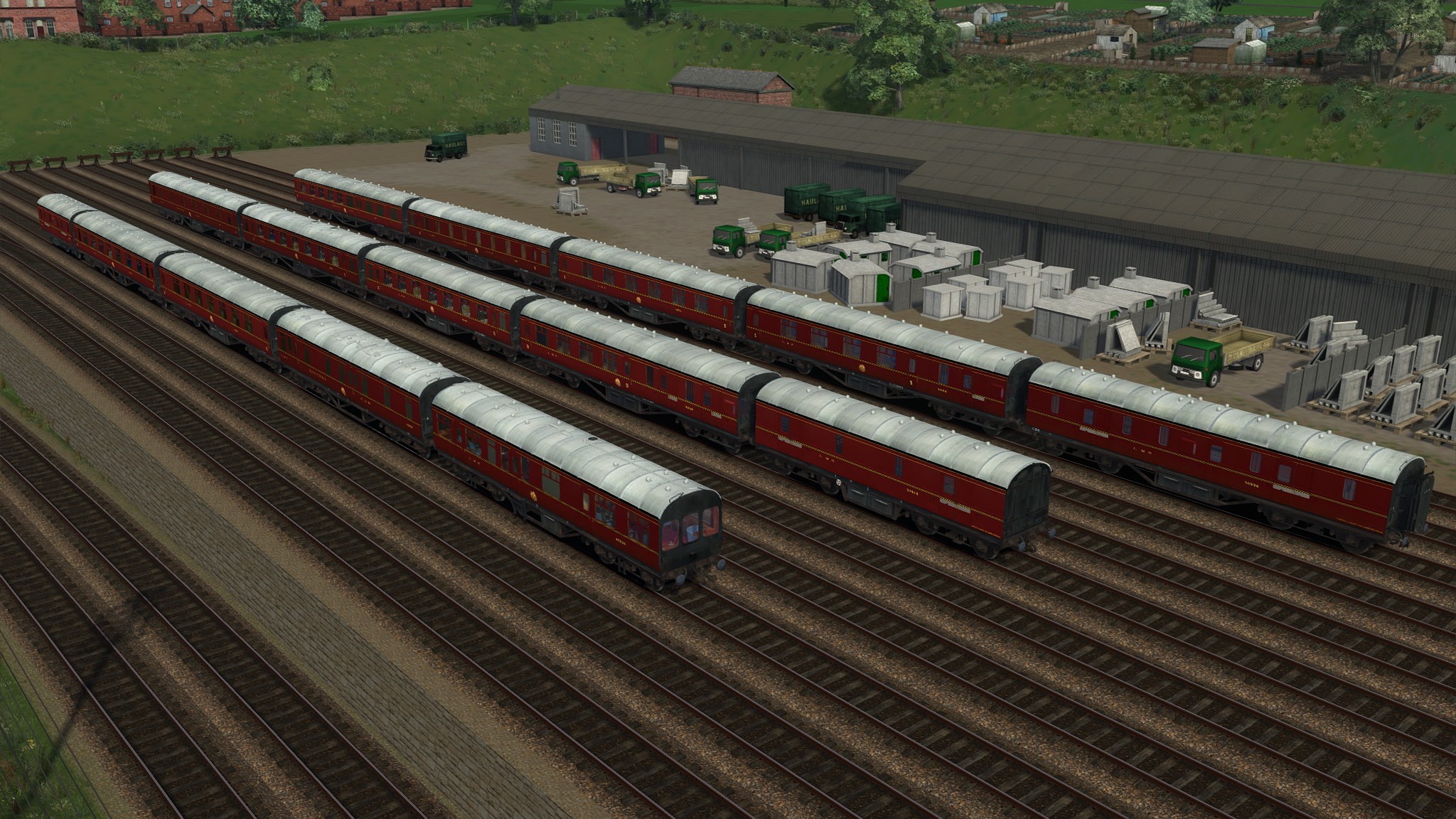
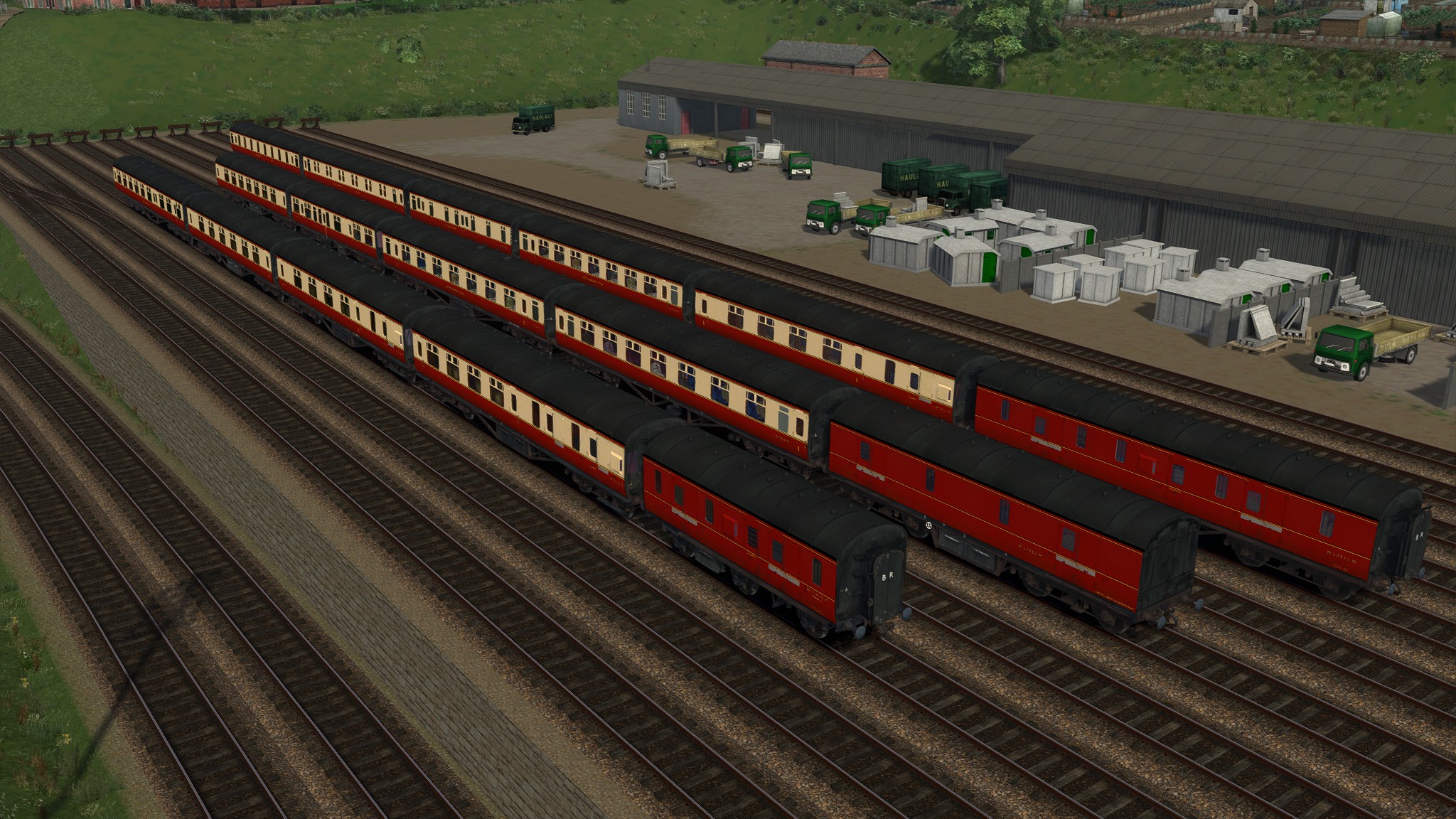

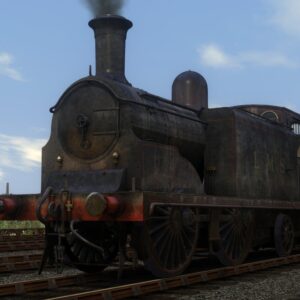
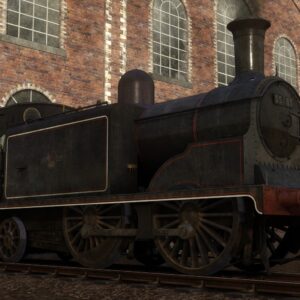

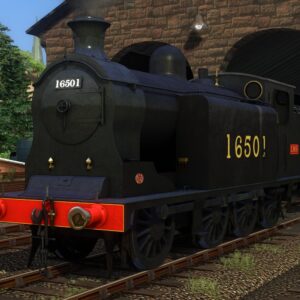

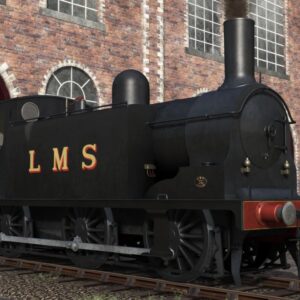
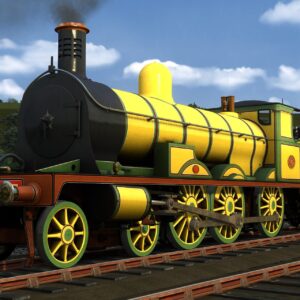
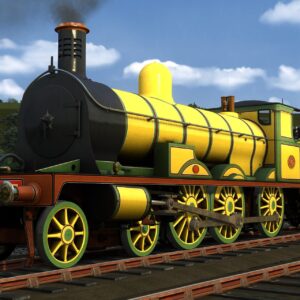
Reviews
There are no reviews yet.